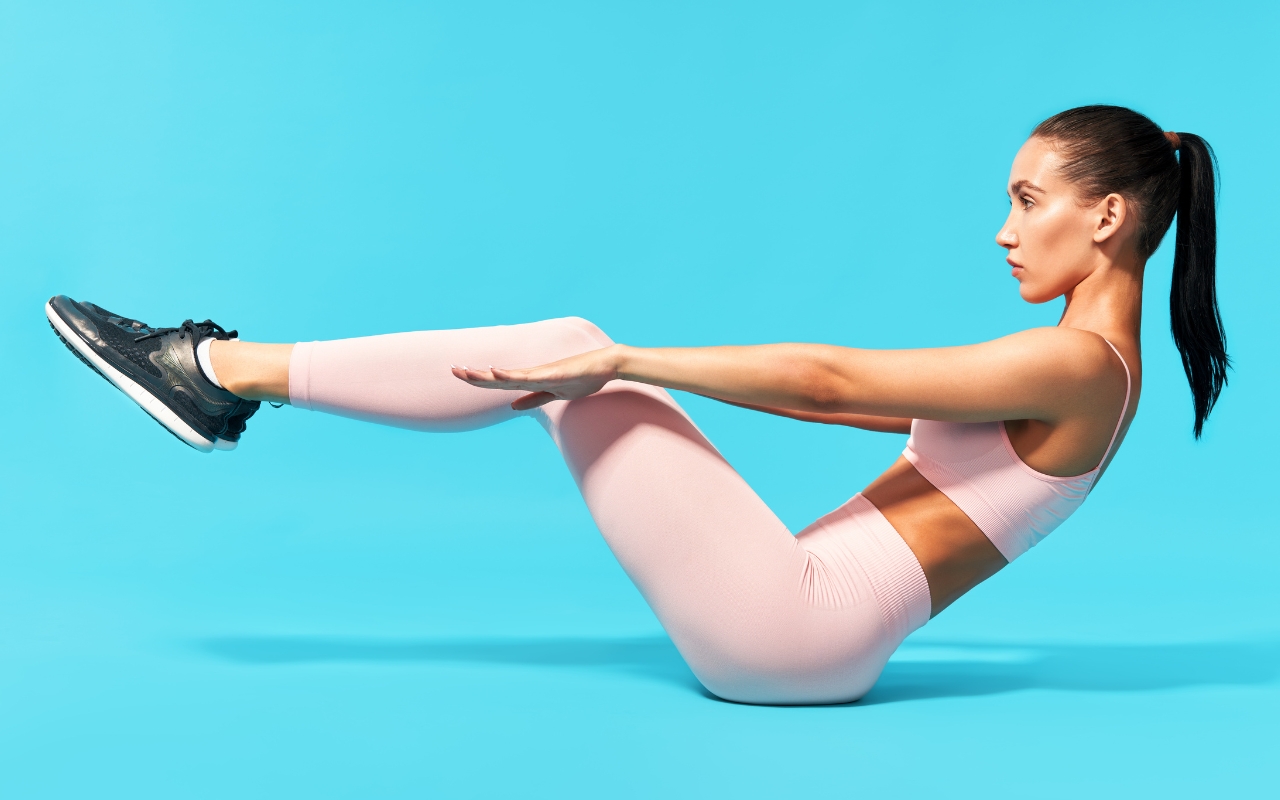The journey to a robust, resilient, balanced body starts at its center: the core. For many, core strength conjures images of chiseled abs and endless sit-ups, but true core strength means much more. It’s about stability, balance, and creating a foundation that enhances your overall fitness and quality of life. This article delves into the importance of core strength, its benefits, and the best practices for cultivating a strong core.
Understanding the Core: Beyond Six-Pack Abs
The core is not just about aesthetics; it's a central part of our body's functionality. It encompasses a multitude of muscles, including the deep and outer core muscles, which work together to stabilize the pelvis and spine. This group works as a cohesive unit, providing the necessary support for various movements and activities we perform daily. The core muscles wrap around the trunk from the diaphragm at the top to the pelvic floor at the bottom, forming a robust cylinder that supports and stabilizes the body.
The Critical Importance of Core Strength
1. Enhances Functional Movement:
A strong core is essential for everyday activities such as standing, walking, and sitting. It serves as the body's powerhouse, transferring force from the lower body to the upper body and vice versa. Whether lifting a box off the ground, playing sports, or simply bending to tie your shoes, a strong core makes these movements more efficient and less prone to injury.
2. Improves Posture and Reduces Back Pain:
One of the most significant benefits of core training is improved posture. Core exercises strengthen the muscles around the spine, enabling you to maintain proper alignment and posture. This can alleviate back pain, often due to weak core muscles. Core stabilization exercises can be highly effective in managing lower back pain and stiffness, as they support and protect the spine.
3. Boosts Athletic Performance:
For athletes, a strong core enhances performance in virtually every sport. It provides stability and power, enabling more effective and explosive movements. Sports that require rapid changes in direction, such as tennis, soccer, and basketball, particularly benefit from a strong core, which helps maintain balance and control during dynamic actions.
4. Prevents Injuries:
A strong core reduces the risk of injuries. It supports good balance and stability, decreasing the likelihood of falls and improving the body's resilience to impact. Core strength also ensures better alignment and function of the hips, knees, and ankles, reducing the strain on these joints and mitigating the risk of injury.
5. Enhances Overall Strength:
Core training is integral to building strength in other parts of the body. Major lifts like squats, deadlifts, and bench presses all require a solid core to stabilize the body and generate force. Strengthening the core can help break through plateaus in these exercises, allowing for greater muscle mass and strength gains.
Effective Core Exercises: Beyond the Basics
Traditional core exercises, such as sit-ups and crunches, often fall short of providing comprehensive core strength. These movements primarily target the outer abdominal muscles and neglect the deeper core muscles crucial for true stability and power. The following exercises offer a more rounded approach to core strengthening:
Planks
The plank is a staple in core conditioning due to its simplicity and effectiveness. It requires maintaining a static position and engaging multiple muscle groups simultaneously.
- Performing a Plank: Lie face down on the mat. Push up so you’re balanced on your elbows, forearms, and toes. Keep your back and body straight, hips level, and tailbone slightly tucked in. Breathe steadily, starting with a 10-second hold and gradually increasing to 60 seconds.
Dead Bug
The dead bug exercise is excellent for engaging the deeper core muscles and improving coordination.
- How to Do It: Lie on your back with your legs in the air and knees bent at a 90-degree angle. Raise your arms to the ceiling. Keeping your spine flat against the floor, extend your left leg and lower your right arm behind you until both are just above the ground. Return to the starting position and repeat with the opposite arm and leg.
Suitcase Carry
This functional exercise mimics the action of carrying a heavy suitcase and is great for building core stability.
- Execution: Pick up a moderately heavy free weight in one hand. Walk a set distance while keeping your torso upright and not leaning to the weighted side. Switch the weight to the other hand and repeat. This strengthens the core by challenging balance and stability dynamically.
Rotational Exercises
Rotational movements are often neglected but are crucial for a well-rounded core workout. They engage the obliques and other stabilizing muscles essential for twisting motions.
- Examples: Exercises like Russian twists, wood choppers, and medicine ball rotations are excellent for incorporating rotation into your core regimen. These movements mimic real-life activities and sports, enhancing functional strength and stability.
Pilates and Yoga
Both Pilates and yoga are highly effective for strengthening the core. These disciplines focus on control, stability, and flexibility, engaging the core musculature.
- Benefits: Regular practice can improve your ability to activate the core muscles, enhance body awareness, and increase overall flexibility and balance.
Creating a Balanced Core Program
A comprehensive core strengthening program should include a variety of exercises that target all the core muscles. Here are some tips for creating an effective core routine:
Incorporate Different Types of Movements
To ensure a balanced approach, include exercises that involve different types of core engagement:
- Static Holds Planks and side planks for isometric strength.
- Dynamic Movements: Dead bugs and leg raises for dynamic core stability.
- Rotational Exercises: Russian twists and cable rotations for oblique engagement.
- Stability Work: Exercises like the suitcase carry and stability ball exercises to challenge balance and proprioception.
Focus on Quality Over Quantity
Instead of mindless repetitions, emphasize proper form and controlled movements. Engaging the correct muscles is more important than the number of reps performed. Quality movements lead to better results and reduce the risk of injury.
Progress Gradually
Start with basic exercises and gradually progress to more challenging ones as your strength improves. Increase the difficulty by adding weights, extending duration, or incorporating unstable surfaces, such as balance boards or stability balls.
Consistency is Key
Consistency is crucial for seeing results. Aim to include core exercises in your routine at least three to four times a week. Integrate them into your workout regimen or dedicate specific sessions to core training.
Conclusion
Core strength goes beyond achieving a six-pack; it's about building a robust and functional foundation for overall fitness and well-being. By understanding the importance of a well-rounded core, incorporating practical exercises, and following a balanced routine, you can unlock the full potential of your body’s powerhouse. Whether for everyday activities or athletic performance, investing in your core strength pays dividends in enhanced stability, reduced injury risk, and improved quality of life. Start today, and embrace the journey to a stronger, more resilient core.









